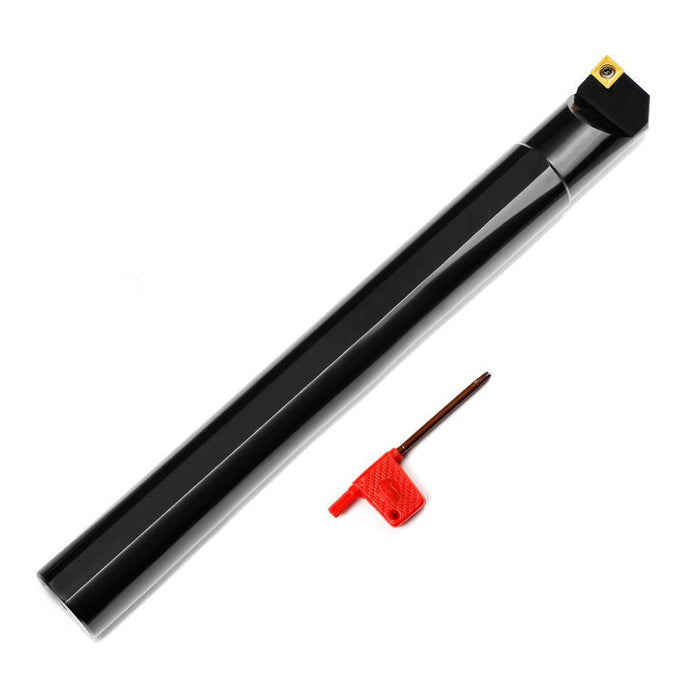A boring bar is an essential tool used in machining and woodworking processes, specifically on a lathe. It is designed to enlarge existing holes or create new ones with precise accuracy and control. In this article, we delve into the concept of a boring bar and its significance in lathe operations.
Boring Bar: Enlarging Holes with Precision
A boring bar is a cylindrical tool that typically consists of a shank, a cutting head, and a tool holder. It is inserted into the lathe's tool post and secured firmly to ensure stability during the machining process. The cutting head is the crucial component of the boring bar, responsible for removing material and shaping the hole.
The primary purpose of a boring bar is to enlarge or refine existing holes. Unlike drilling, which creates holes from scratch, a boring bar works within pre-drilled or pre-machined holes to achieve greater accuracy and dimensional control. This makes it an ideal tool for applications that require specific tolerances or precise fits, such as bearing housings or shafts.
Boring bars are versatile tools that can be used for various operations, including roughing, finishing, and profiling. They can remove material quickly and efficiently, resulting in smooth and accurately sized holes. The size and shape of the cutting head vary depending on the desired hole diameter and the specific requirements of the machining task.
Types of Boring Bars
There are several types of boring bars available, each designed for specific applications and machining needs. Some common types include solid boring bars, indexable boring bars, and brazed boring bars.
Solid Boring Bars: Solid boring bars are made from a single piece of solid material, such as high-speed steel or carbide. They offer stability and rigidity during machining operations, ensuring accurate and vibration-free cuts. Solid boring bars are suitable for general-purpose boring tasks and can handle a wide range of materials.
Indexable Boring Bars: Indexable boring bars feature replaceable cutting inserts that are held securely in place by a clamping mechanism. This design allows for easy replacement of the inserts once they become dull or worn out, resulting in cost savings. Indexable boring bars are versatile and offer flexibility in machining operations, as different inserts can be used for roughing, finishing, or profiling.
Brazed Boring Bars: Brazed boring bars are created by brazing a carbide cutting tip onto a steel shank. This bonding process ensures a strong and durable tool. Brazed boring bars are known for their excellent cutting performance and longevity, making them suitable for demanding machining applications and tough materials.
Benefits of Using Boring Bars
Using a boring bar on a lathe offers several advantages in machining processes. Firstly, it allows for precise control and accuracy in hole size and shape, ensuring proper fits and functional components. Boring bars also provide excellent surface finish, eliminating the need for additional finishing operations in many cases.
Moreover, boring bars are time-efficient tools, capable of removing material quickly and efficiently. This increases productivity and reduces machining time, making them ideal for high-volume production runs. Additionally, the ability to replace inserts in indexable and brazed boring bars further enhances productivity by minimizing downtime for sharpening or regrinding.
In conclusion, a boring bar is a vital tool used on a lathe for enlarging existing holes or creating new ones with precision and control. With different types available, such as solid, indexable, and brazed boring bars, machinists have a versatile range of options to suit specific applications. Utilizing a boring bar allows for accurate hole sizing, improved surface finish, and increased productivity in machining operations.
